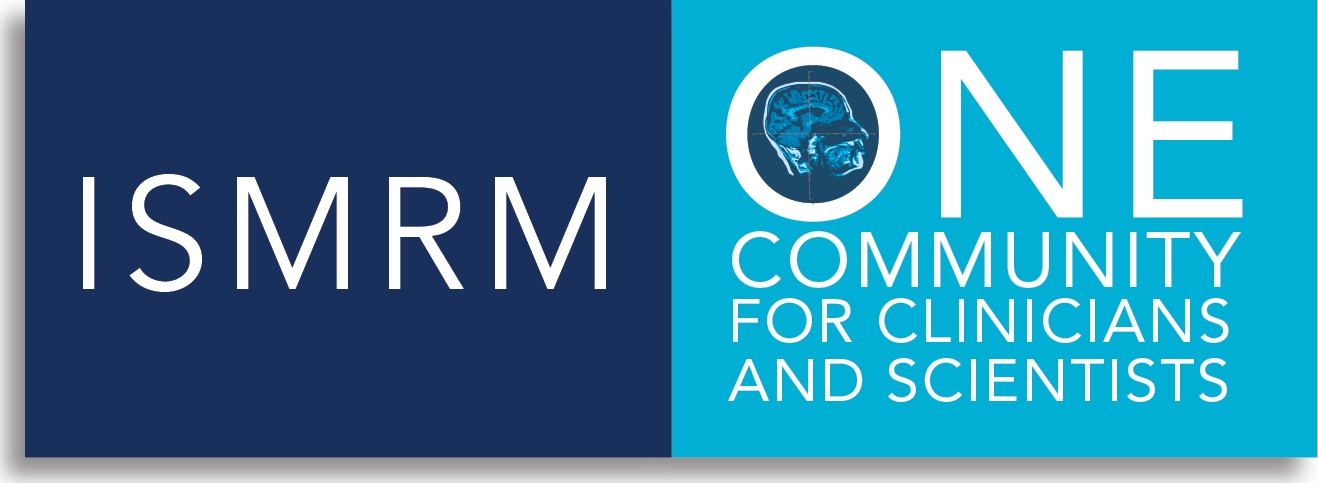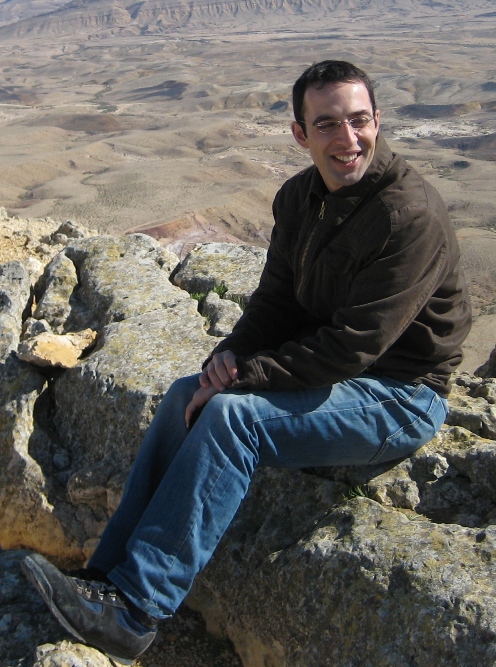I still remember my first encounter with MRI during
a lecture near the end of my B.Sc. studies at the
School of Chemistry in Tel Aviv University in 2006.
Prof. Yoram Cohenís talk presented diffusion MRI
approaches for probing microstructures within
Central-Nervous-System (CNS) tissues, and how the
ensuing contrasts could be harnessed for mapping
abnormalities completely noninvasively. What struck
me in particular was the span of subjects covered
during the course of those 45 minutes: interactions
of strong magnetic fields with endogenous spins,
restricted diffusion physics, the emergence of
diffusion-diffraction patterns, pulse sequences
designed to sensitize these spins towards particular
interactions, myelinated axons and how their
morphology alters upon neurodegeneration, and in
vivo experiments in animal models with the
outlook of translational research. I feel very lucky
that Prof. Cohen chose to conclude his lecture with
the words ďÖand anyone who is interested in the
subject is welcome in my office for further
discussionsĒ. Following this open invitation I
literally barged into the open door, and was further
captivated by the wonderful world of MRI.
I later joined Prof. Cohenís lab as a PhD student,
pursuing the characterization of highly
heterogeneous and disordered system via
double-Pulsed-Field-Gradient (dPFG) approaches. In
keeping with my earlier impressions of truly
multidisciplinary research, our experiments spanned
a large range of heterogeneous systems ranging from
porous rocks and emulsions to in vivo rat
brains, where dPFG generated novel sources of
microstructural contrast. In 2011 I joined the
Chemical Physics department in the Weizmann
Institute of Science for a post-doc under the aegis
of Prof. Lucio Frydman. Seeking to significantly
advance the sensitivity of diffusion-based MRI
towards small microstructures, we developed the
Non-Uniform Oscillating-Gradient Spin-Echo (NOGSE)-MRI
approach, which harnesses diffusion dynamics to
interrogate restricting length scales with an
unprecedented
l6
sensitivity. As
well, following our serendipitous discovery of
metabolic Longitudinal Relaxation Enhancements and
their ensuing sensitivity enhancements, we strived
to apply dPFG filters in MR Spectroscopy for
cellular-specific probing of randomly oriented
microstructures in vivo at ultrahigh fields.
I have been a member of the Society since 2007, when
I attended my first ISMRM Annual Meeting in Berlin
(2007) through the support of a New Entrantís
Stipend. I have since attended every single Annual
Meeting, each year discovering new science,
advancing and augmenting my education through ISMRMís courses, and benefiting from a unique venue
for dissemination of own results and meeting
colleagues and friends. In 2011, I had the
tremendous honor of winning the Societyís II Rabi
Young Investigator Award. Indeed, during these
critical years of scientific development, my ISMRM
experiences have had a tremendous impact on my life
as a young researcher.
Iím gradually becoming more involved with the
Societyís activities, and the Junior Fellowship
marked a unique occasion for me to begin to assume
more responsibilities within the Society that had
contributed so much to my development. In
particular, I strongly believe in ISMRMís commitment
to educating the next generations, and feel
privileged to be able to teach in the ISMRM
Educational Sessions. I remain grateful for ISMRMís
enduring support and look forward to contributing my
part in advancing the Society towards fulfilling its
goals and missions.
These days I am establishing my Lab at the
Champalimaud Neuroscience Programme (Champalimaud
Center for the Unknown, Lisbon, Portugal). The Lab
will strive to investigate neural activity elicited
by optogenetic stimulations via novel MRS/MRI
mechanisms; it will further aim at developing and
applying methods capable of mapping unique
microstructural modulations in vivo Ė whether
arising from plasticity on the one hand, or from
disease onset on the other hand. The nature of these
highly exciting vistas truly resonates with ISMRMís
missions; we look forward to presenting our results
in many Annual Meetings in years to come!


